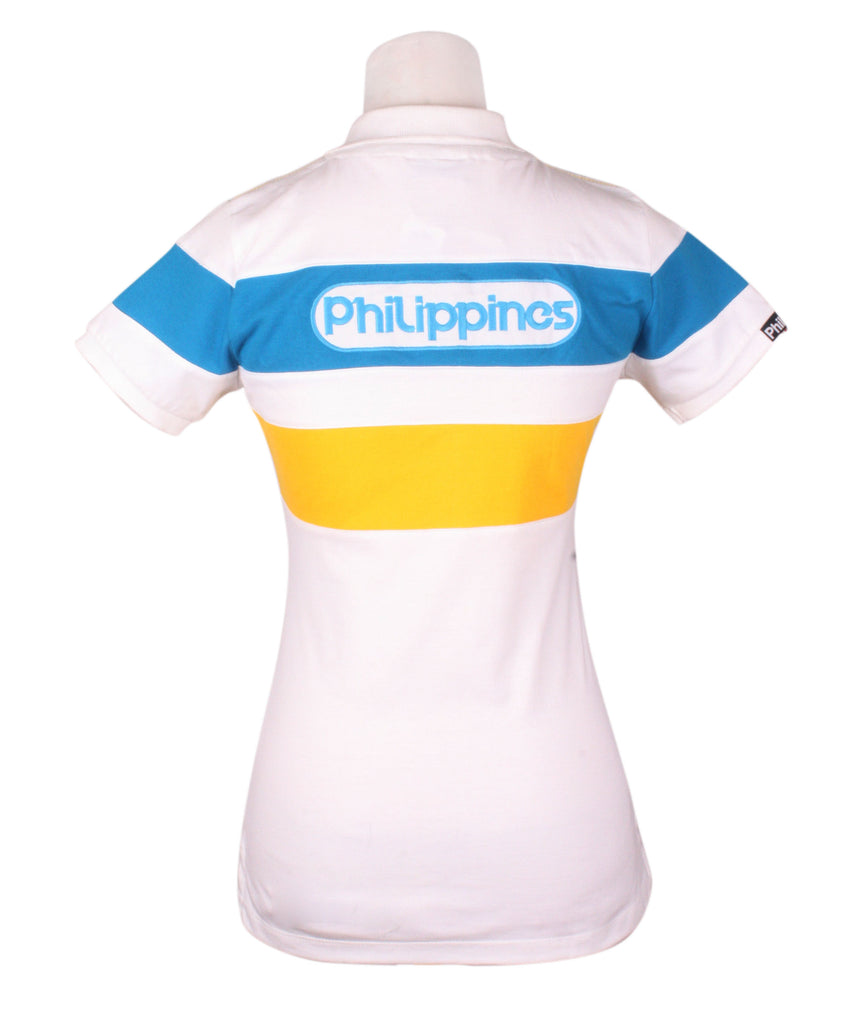

What are the meanings of the colors on the flag? A driver that sees the blue-striped flag is alerted that a faster car is about to pass their car.
 Blue Flag with Diagonal Yellow Stripe. The black flag is used to gain the attention of an individual driver. Black flag: disqualification or penalty. White flag with red cross: Final lap (FOA) or Ambulance on course (Ind圜ar). White flag: Slow vehicle on track (FIA) or Final lap (NASCAR). Red flag with yellow diagonal cross: Pit lane closed (Only in NASCAR and Ind圜ar). Flag with yellow and red vertical stripes: Debris/oil/slippery course. We're waving the green flag so you can read on to learn about stock car racing requirements.What do the colors in the NASCAR symbol mean? Yellow with Red Vertical stripes: This flag is used on road courses at the corners to warn of debris or slippery conditions ahead. If you have been lapped, you must yield to the faster cars. Blue with yellow stripe: Watch behind you, as a faster car is approaching. Black with White Cross: An individual car has ignored a black flag and will not be scored until it pits. At the end of a practice session, black and red are waved together.
Blue Flag with Diagonal Yellow Stripe. The black flag is used to gain the attention of an individual driver. Black flag: disqualification or penalty. White flag with red cross: Final lap (FOA) or Ambulance on course (Ind圜ar). White flag: Slow vehicle on track (FIA) or Final lap (NASCAR). Red flag with yellow diagonal cross: Pit lane closed (Only in NASCAR and Ind圜ar). Flag with yellow and red vertical stripes: Debris/oil/slippery course. We're waving the green flag so you can read on to learn about stock car racing requirements.What do the colors in the NASCAR symbol mean? Yellow with Red Vertical stripes: This flag is used on road courses at the corners to warn of debris or slippery conditions ahead. If you have been lapped, you must yield to the faster cars. Blue with yellow stripe: Watch behind you, as a faster car is approaching. Black with White Cross: An individual car has ignored a black flag and will not be scored until it pits. At the end of a practice session, black and red are waved together. 
Black: An individual car may need help in the pits or has violated a rule.Checkered: The distance mark has been hit and the race is over.White: This flag is waved when there is one lap left in the race.There might be something unsafe, like an accident or serious blockage on the road. If this flag is thrown up during practice, all vehicles must head back to the pits. Weather, accidents or debris can bring about this flag, and after a yellow, cars will have to follow restart protocol based on their position once full speed is resumed. Yellow: A yellow flag on the track signals caution, and all positions must be maintained behind the pace car.Green: A green flag means that the track is clear, racers can begin and normal speed is just fine.







 0 kommentar(er)
0 kommentar(er)
